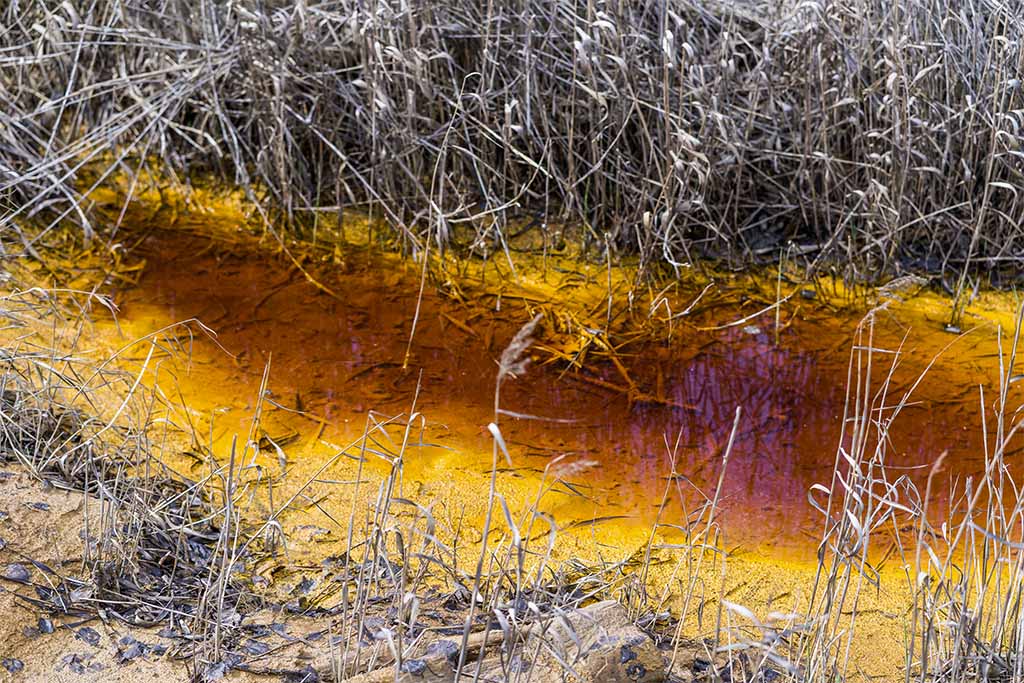Enforcing environmental laws is often a highly challenging process. Manufacturers and distributors seldom have the type of direct connection to the contaminated property needed to sustain an action under federal and state environmental statutes.
To make matters worse, there are potentially tens of thousands of unregulated, “emerging” contaminants such as PFAS that neither CERCLA nor RCRA can provide a remedy for because they have yet to be listed as hazardous substances under CERCLA. In fact, the scientific community has provided ample evidence that chemicals produced for industrial and other uses have contaminated much of the country’s water supply and groundwater. But while these contaminants may create a future cause of action for past remediation and response costs under 107(a)(4)(B) of CERCLA, property owners who live adjacent to contaminated sites are often left to shoulder the burden of any cleanup efforts themselves at those sites today.
Despite these obstacles, victims of this type of contamination can assert another cause of action. It is one that does not necessarily require proof of foreseeability, and that allows a recovery from this broader definition of responsible parties, the manufacturers, and distributors of the chemicals. That cause of action is strict products liability, which stipulates that a manufacturer should be held liable for injuries from their product only when they ought reasonably to have foreseen such injury in an appreciable number of persons. [Cudmore v. Richardson-Merrell, Inc., 398 S.W.2d 640 385 U.S. 1003 (1967).]
Learn more in my Medium article: Product Liability Law: Another Weapon in The Arsenal Against Environmental Contamination.

